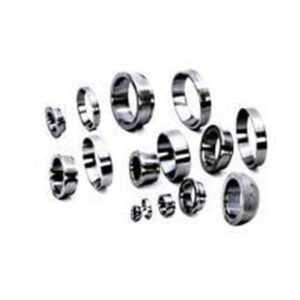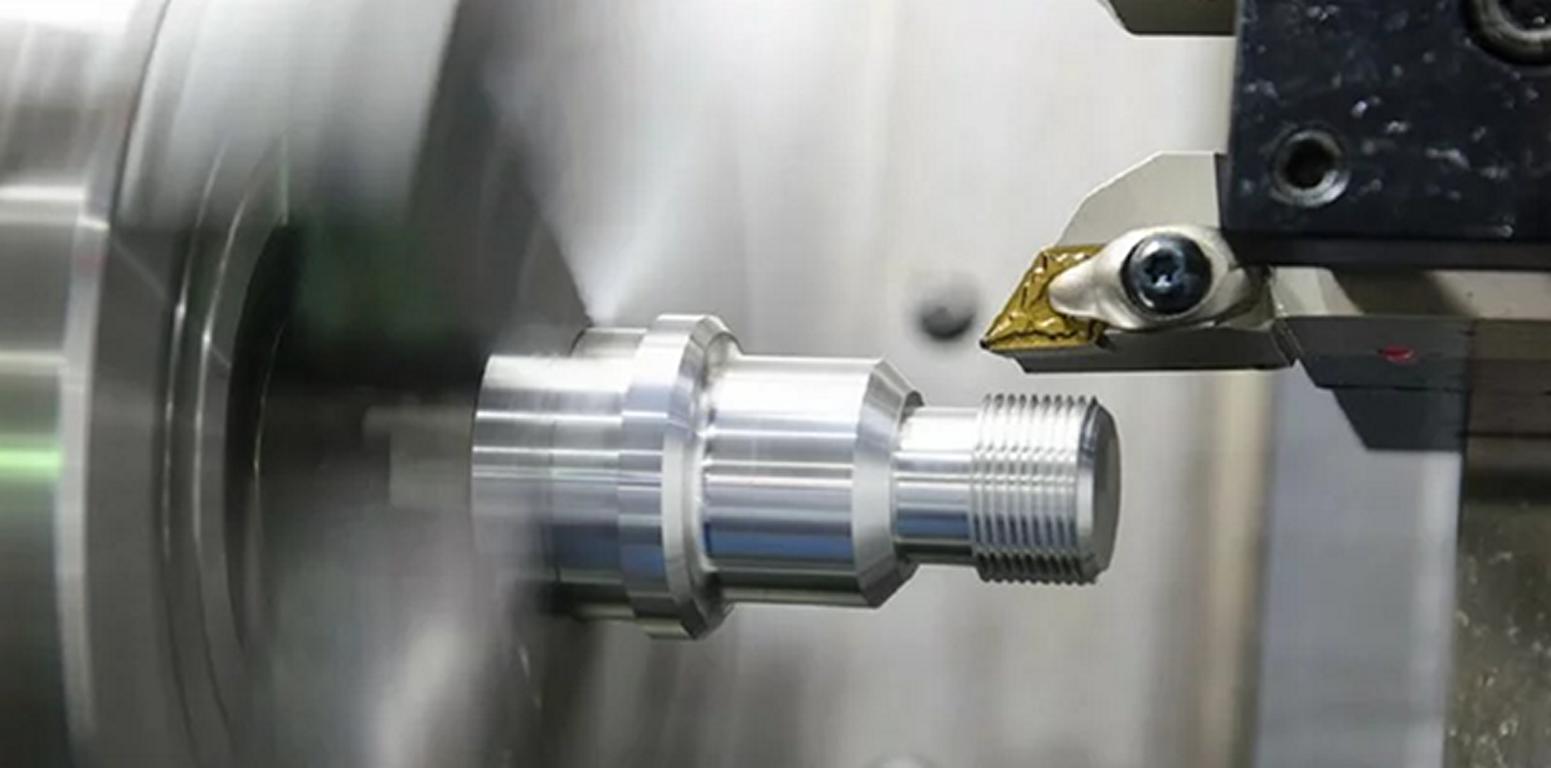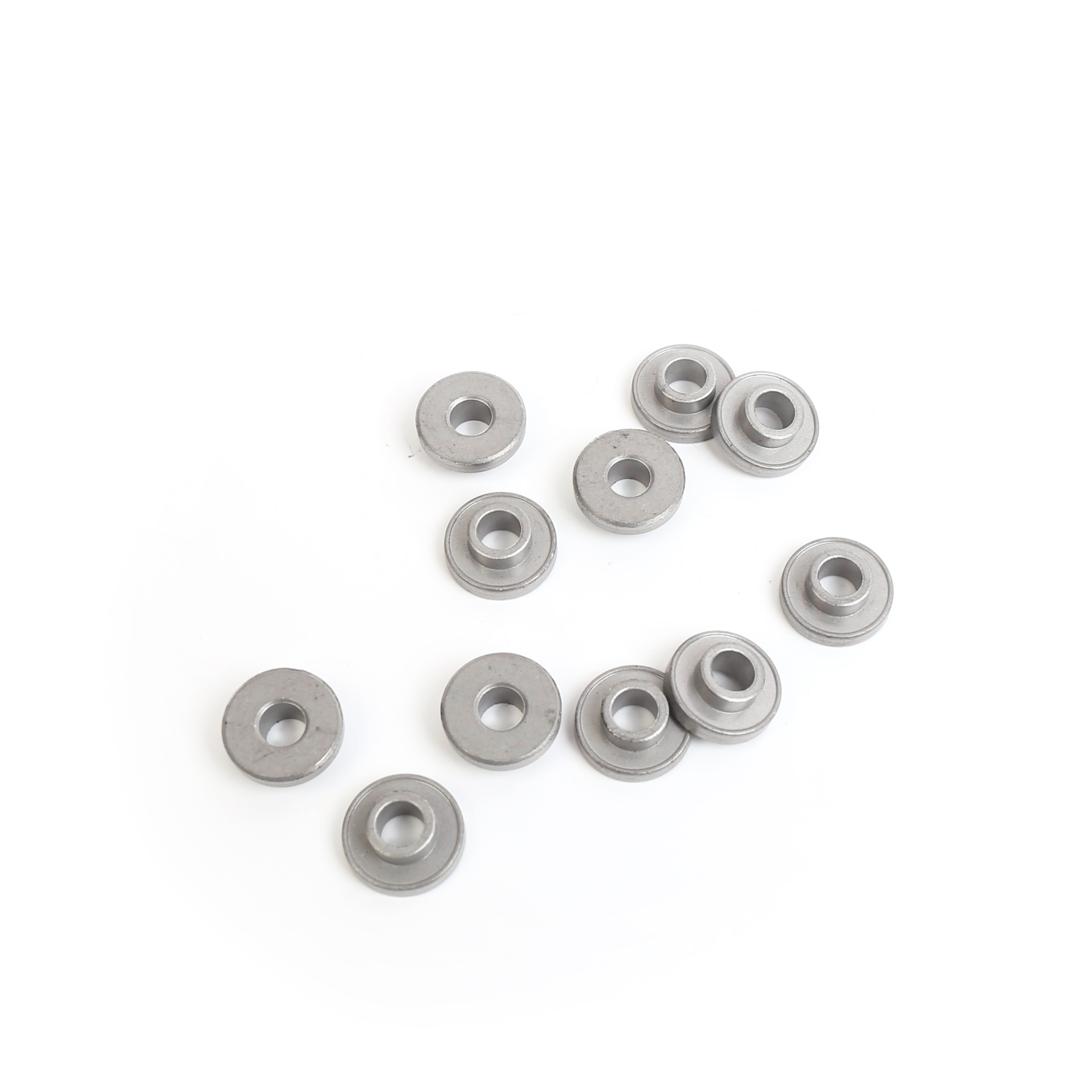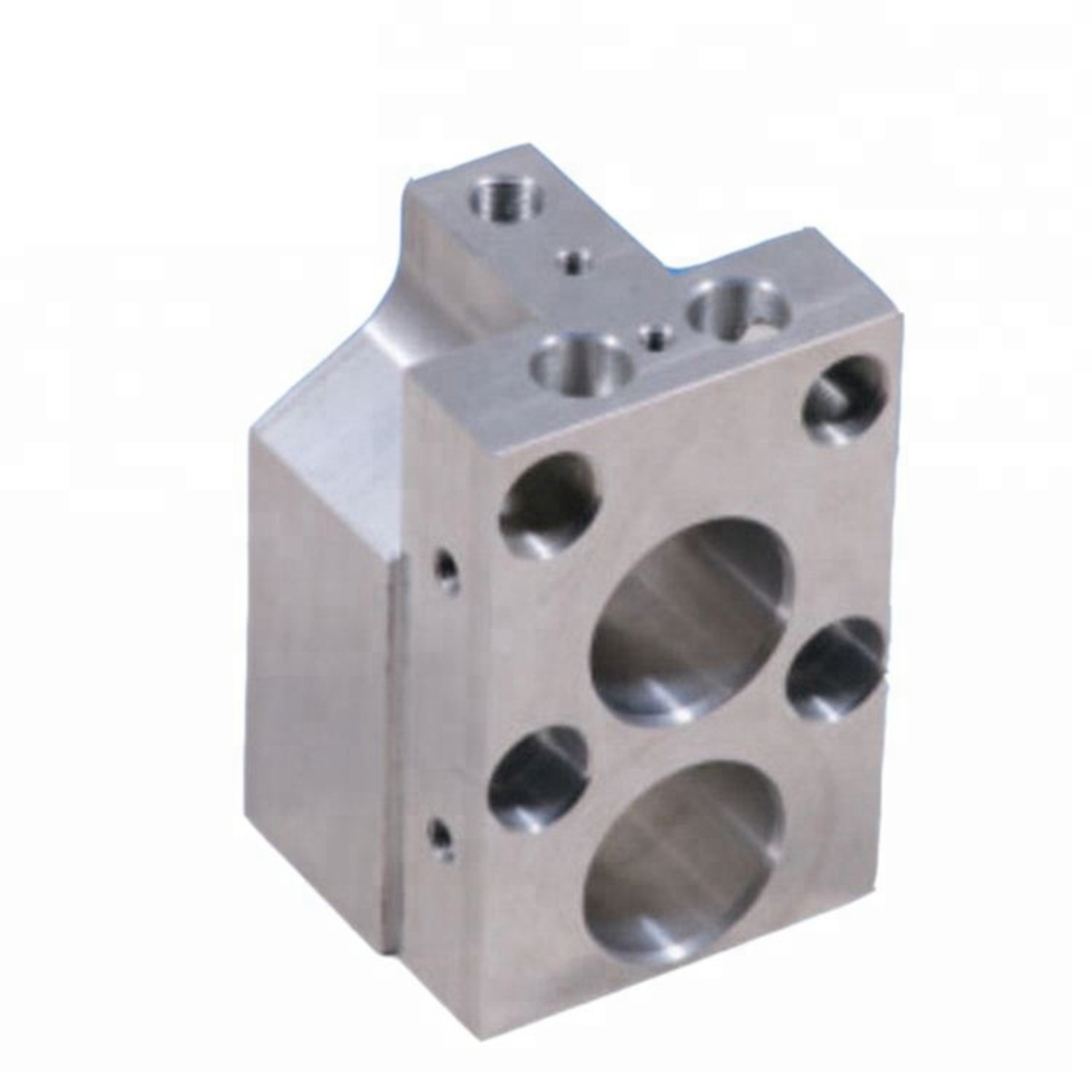
Definition and Principle
Shot-blasting is a mechanical surface treatment process that uses high-velocity abrasive media to clean, strengthen, or prepare materials. The core principle involves accelerating abrasive particles (e.g., steel shot, grit, glass beads, or ceramic granules) via centrifugal force or compressed air, propelling them against a workpiece’s surface. This impact removes contaminants (rust, scale, coatings), deburrs edges, or enhances surface properties like adhesion and fatigue resistance.
Equipment Types
Centrifugal Wheel Blast Machines
Use a rotating impeller to fling abrasives at high speeds (up to 100 m/s). Ideal for large-scale, uniform treatment of components like automotive parts, castings, or structural steel.
Advantages: High efficiency, low energy consumption, and minimal abrasive fragmentation.
Air Blast Systems
Rely on compressed air to propel abrasives through nozzles. Offers precise control for complex geometries or localized treatment.
Applications: Aerospace components, delicate surfaces, or intricate molds.
Tumble Blast Machines
Combine tumbling (rotating barrels) with blasting to treat small parts like fasteners or jewelry.
Abrasive Media
Metallic Abrasives: Steel shot (spherical) for peening and descaling; steel grit (angular) for aggressive cleaning.
Non-Metallic Abrasives:
Glass beads: Non-embedding, used for cosmetic finishes or soft metals.
Ceramic grit: Durable, for high-stress applications.
Organic media (e.g., walnut shells): Gentle cleaning of sensitive surfaces.
Applications
Surface Preparation:
Removes mill scale, rust, and old coatings before painting, coating, or welding.
Creates anchor patterns (e.g., SA 2.5 cleanliness standard) for improved adhesion.
Peening:
Induces compressive stress to enhance fatigue resistance in gears, springs, or turbine blades.
Deburring and Finishing:
Smooths edges on machined or cast parts.
Recycling:
Cleans and reclaims foundry molds or industrial components.
Advantages
Versatility: Adaptable to metals, plastics, concrete, and composites.
Eco-Friendly: Recyclable abrasives and minimal chemical use.
Enhanced Durability: Improves wear resistance and surface hardness.
Automation: Integrates with robotic systems for high-volume production.
Limitations
Surface Embedment Risk: Improper media selection can embed particles into soft materials.
Equipment Cost: High initial investment for industrial-scale systems.
Dust and Noise: Requires dust collection systems and PPE for operators.
Quality Control
Surface Profile: Measured via test strips or profilometers to ensure roughness (Ra) compliance.
Coverage Inspection: Dye-penetrant tests or visual checks for uniform treatment.
Abrasive Consistency: Regular sieving to maintain particle size distribution.
Industry Standards
SAE J444: Specifies steel shot/grit hardness and size.
ISO 8501-1: Defines surface cleanliness grades after blasting.
Shot-blasting is critical in industries ranging from automotive manufacturing to shipbuilding, balancing precision, efficiency, and sustainability.





